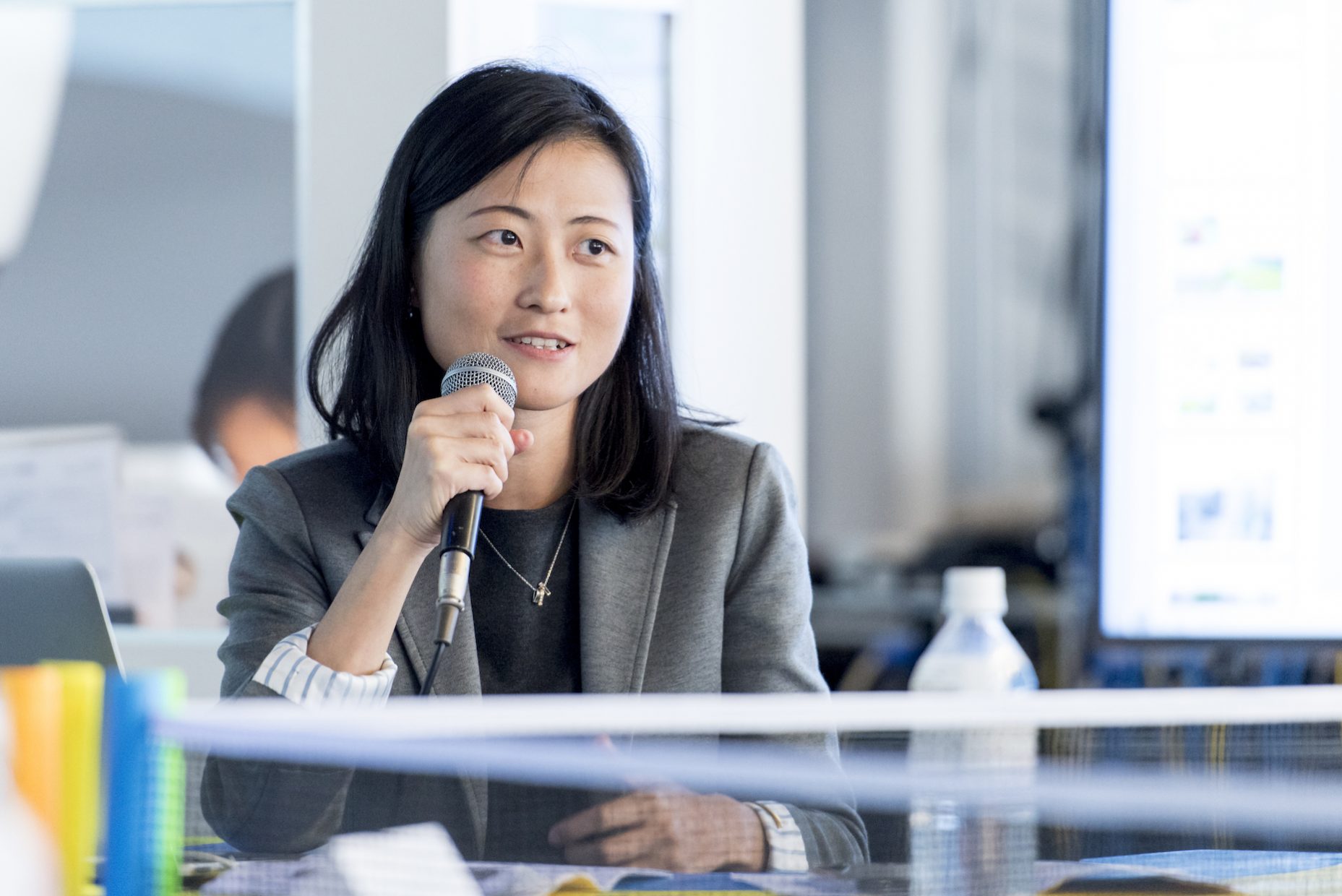【 REPORT – 2 】Presentation by Chisato Shimada
TYPE: TALK
CATEGORY: Smart Illumination Summit
Smart Illumination Summit 2019 invited guest speakers from creative cities around the world to search for the next steps in the Smart Illumination project.
The summit’s second presentation from a participating city was by Chisato Shimada, who has been involved with various community development activities. She shares her observations related to the state of public spaces as well as art and culture in New York City.
日本語はこちら
■Theme
"How can art interact with cities -Strategy of a creative city in the age of the SGDs"
■Program
【Part1|Presentation by participating cities】
Speaker:
Chisato Shimada (Urban Planning & GIS expert /New York City, USA)
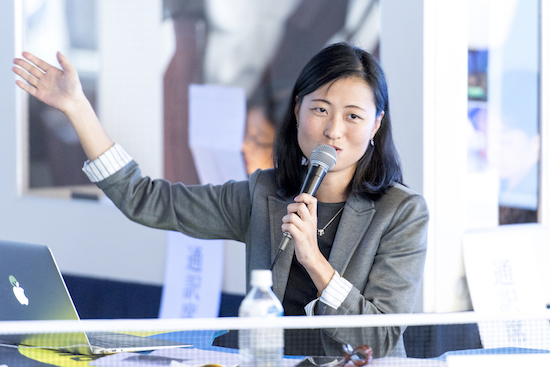
As you just heard from that introduction, I am an urban planner and experienced in geographic information systems. In a nutshell, I enjoy community development and mapping. Today I would like to share some of the NY’s trends I’ve seen that showcase environmentally friendly community development.
New York City (NYC) has a population of around 8.5 million, according to conservative estimates. Since I hear that Yokohama City has 3.74 million people, NYC is about twice its size. The city’s population is currently continuing to increase, leading to a housing shortage—the opposite problem that Japan has. With a land area of around 800 square kilometers, it is about twice the size of Yokohama City.
We have a tendency to think of the so-called “concrete jungle” when it comes to NYC, but actually 40 percent of the city is estimated as green and recreational spaces, meaning it is rich in open space. It is also a melting pot, with some 37 percent of residents born outside the United States and with 170 languages spoken. I am one of those foreign-born residents.
NYC Parks’ website cites it’s the steward of about 14 percent of the city’s roughly 800 square kilometers (corresponding to around 2,500 times the size of Tokyo Dome), including around 2,500 parks and a total of about 5,000 individual properties when including pools, beaches, athletic fields, and so on, as well as around 30 percent of the shorelines in the city.
In 2007, under the previous mayor, Michael Bloomberg, NYC publicly announced PlaNYC, a long-term environment plan. This plan is to address both climate change and deteriorating infrastructure, and to work toward a sustainable and healthy society. In brief, the plan was an attempt to set a realizable and measurable goal based on an understanding of the current situation, rather than just hammering out random policies and historical measures. The plan originally targeted ten areas until 2030: housing and neighborhoods; parks and public spaces; brownfields (land currently disused or whose value is lower than its true potential value due to actual or suspected soil contamination); waterways; water supply; transportation; energy; air quality; solid waste; and climate change. Notice that parks and public spaces are part of this.
In April 2015, following the change in mayor, the plan was re-named to OneNYC with a new updated goal for 2050. It is based on PlaNYC but has added four new visions (growth, equity, sustainability and resiliency) and gets reviewed at regular intervals if it is actually achieving its targets.
In the word, the Sustainable Development Goals (SDGs) was established in September 2015, and the city’s site illustrates these four visions of OneNYC are incorporated with most of 17 items of SDGs.
An example is Parks‘ project called the Community Parks Initiative (CPI) since 2014. The CPI site breaks into sections, and well explain that this aims to build better communities by addressing social disparity and improving inequitable environment. The goal of 114 sites’s renovation over the five years is set, with a priority on improving parks that are located in underserved and received less capital investment, as well as in the areas with high population densities and large numbers of low-income residents.
NYC is home to many immigrants, meaning the population density and disparity in wealth significantly vary from neighborhood to neighborhood. Accordingly, the things that need addressing and prioritizing also inevitably vary between neighborhoods. The It looks that CPI is an attempt to eliminate the disparity in park environments regardless.
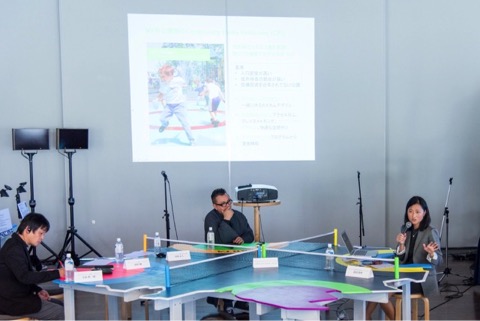
When it comes to making something that people would actually use, it helps if the users are actively involved in the planning process. , As the CPI process explains, a new approach is adapted whereby it solicits participation from local residents prior to the design process. The framework is also published and demonstrates the CPI’s advanced universal design that does not leave anyone behind, as well as harmonizing with the surrounding environment.
The CPI is funded with huge sums of money, as it catched various media,
such as about $318 million for capital investment and annual maintenance costs of millions until 2019. In addition, it is said there is additional funding from the Green Infrastructure program.
Green Infrastructure is a citywide joint program to handle the sewer systems and so on in NYC, led by the NYC Department of Environmental Protection, and NYC Parks is also listed as part of the collaborative teams. In Europe, green infrastructure projects focus on ecosystems. But in America, it is aimed to protect water resources. Japan also suffers from typhoons, torrential rains, and flood damage. Rain water or household waste water normally run into our drainage systems but, if the water level rises above a certain level, contaminated water can run off to the surface areas. The Green infrastructure is a new method using greenery in our infrastructure in order to tackle these kinds of problems, since we will soon have less and less tax revenue to spend for this sort of thing. It is an engineering system that uses landscaping by replacing impermeable asphalt that we have been to permeable green spaces in order to help to reduce water runoffs.
If renovating parks and implementing GI in the same locations, the GI and CPI could be implemented together based on the same goals of the SDGs and OneNYC. With that, the bigger outcomes can be achieved potentially sharing resources and the funding effectively. In East Harlem which is a neighborhood with a very unique characteristics, a park used to be rundown and known as a dangerous place. However, in consultation with local residents, the park was reborn with an outdoor gym for adults, benches, public bathrooms, a fitness area and synthetic turf that can capture storm water.
Moreover, we see that eliminating real inequality requires improving accessibility, When I walk around in the city, I see more universal design and playground equipment that stimulates our five senses integrated not just in the special parks but also regular playgrounds. In order to build communities where no one is neglected, and in order for children who are the future of the city to develop more creativity and communication skills, In my opinion, there should not be a situations or environment where those with and without disabilities are separated at the vital places, such as a place where friendships are formed.
As a new yorker, I see more and more that the playground equipment is designed for both wheelchair users and those without it to play together, as well as parents with leg impairments can also stay together in it. There are play equipment that uses smelling senses so that visually impaired children can also play together. Another example I have seen is giant Lego blocks or sponge-like items that children play with, by putting them together to assemble, or things that make a sound when touched. These interactive forms of play serve to train children’s sense of touch, smell, and balance.
The results of street tree surveys in NYC are available to public on the “New York City Street Tree Map” website. This survey is conducted once every ten years with citizen volunteers. The report shows that 2,241 volunteers participated in the third survey in 2015. Using tablet devices and crowdsourcing, the survey this time made it possible for live data to be collected effectively. As a result, 666,134 trees (33 percent of the total number surveyed) were counted and mapped.
The report also shows that 70 organizations participated in the data collection and various corporations such as Whole Foods, Con Edison, the New York Knicks, Amazon and AT&T also supported it. In the end, the volunteers have donated 11,123 hours in total, which ended up of saving the city about $100,000 in tax dollars.
These are all available to public, so I encourage you all to take a look for yourselves. If you zoom in in the map, you can see the tree name, tree ID, an image from Google Street View, and the ecological benefits which are in monetary values format calculated from the environmental benefits that each tree provides. This can visualize the individual tree’s benefits to the environment, such as offering a total annual value of about $35 in total, break-down number is $3 for stormwater $30 for energy conservation, $1.7 for reduction of airpollutants, and $0.12 of reduction of carbon dioxide etc
Since it’s noted to be updated frequently, the numbers have massively increased since 2016. Yet, the report shows that data originally collected on the 660,000 trees for the 2015 survey allowed us to show that NYC gains a yearly economic benefit of $151,315,411 from its street trees as of 2016. This project successfully showed to people who don’t understand effects of greenery of how important street trees are because the great results are made available to public, and designed the map from with a citizen perspective in order to raise their interest and awareness.
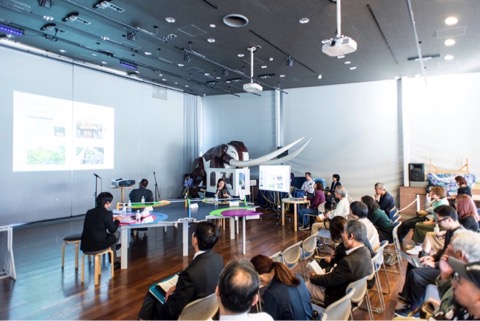
As a continuation of an initiative about the benefits of greenery to the environment, there are also rooftop gardens and community gardens. NYC Parks has green roofs across the city, The largest green roof,started in 2007, is said to conves 4,181-square-meter (45,000-square-foot) of) areas which used to be just bare concrete. It is said to be the fifth largest green roof in the city.
In partnership with academic collaborators, scientific research can be conducted on types of soil or sand, as well as what kind of plant species can be grown efficiently. By the way, those products from the rooftop gardens may include editable ones and are shared, so you may hope to get boxes of tomatoes and cucumbers if you hang around in front of those office around August sometimes.
Also, NYC is a city which has a close relationship with art and there are many free artworks in the parks. There are various kinds of public art programs in this vein, from those run directly by government to those run with both the municipal government and private sector, those run by nonprofit organization in partners with others, and those jointly run by the national/state and municipal government.
“Art in the Parks: UNIQLO Park Expressions Grant” is an art competition that clothing company, UNIQLO has run jointly with NYC Parks since 2017, and it is appeared on Parks website. Aimed at local and young emerging artists, the grant offers $10,000 each for 10 selected artists to execute his or her piece in the parks.
As Madison Square Park Conservancy’s official website states, “Madison Square Park’s Mad. Sq. Art, a public art project is run by a nonprofit since 2004 that aims to turn the park into a cultural destination. The artworks in Madison Square Park change each year and the current exhibition is the 38th commission, which is on display until December 15, 2019, called City in the Grass. It is an outdoor installation by the sculptor Leonardo Drew.
I feel that those efforts are not necessarily standalone but rather many can come about through partnerships. Various players being involved—public, private sector, academics, and citizens/communities—creates synergy and I personally think that this is how New York does everything, bringing forth enormous effects out of creating partnerships by everyone sharing finances, resources, and information together.
Text: Mana Saito
Photos: Ayami Kawashima
【PROFILE】
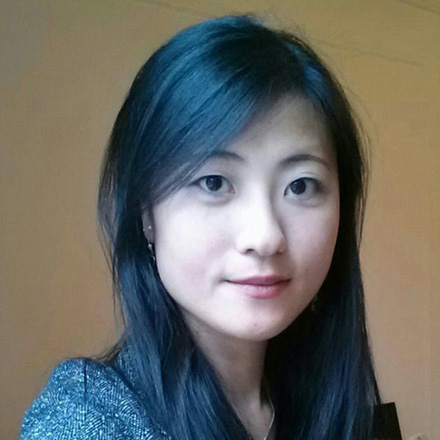
Chisato Shimada
Urban Planning & GIS Expert
Lives in New York City, USA. Graduated from the Kyoto Prefecture University with BS degree in Forestry and The City University of NY Hunter College with Master degree in Urban Planning. She was selected as a first fellow of Community Development Fellowship organized by Manhattan Borough President’s Office and worked on various planning projects since then. After working at an international architecture firm as an urban planner, she joined NYC Parks in 2009. She has also been serving as a co-chair of Economic Development Committee with American Planning Association NY Metro Chapter since 2012.
